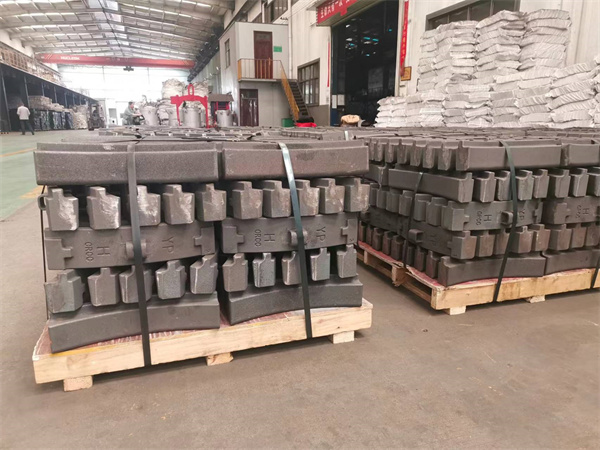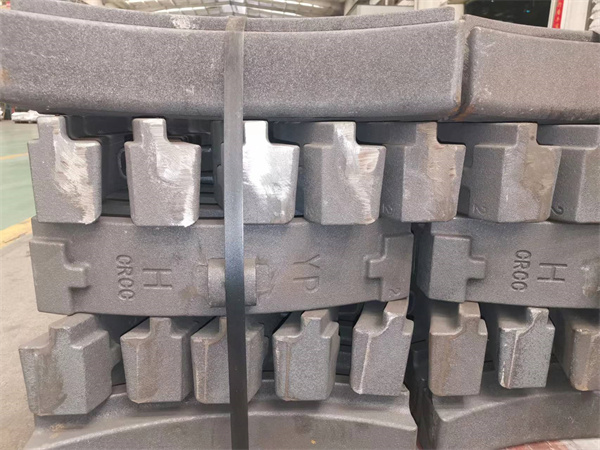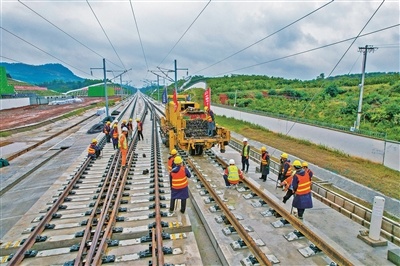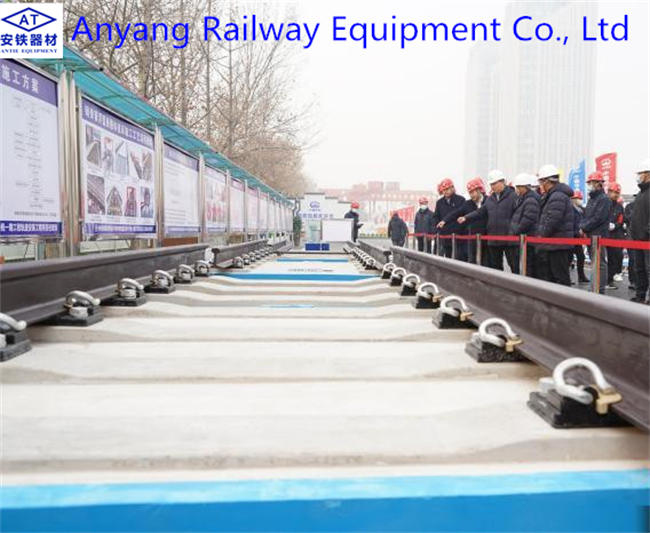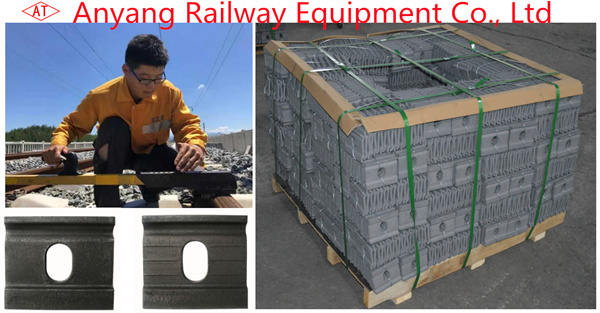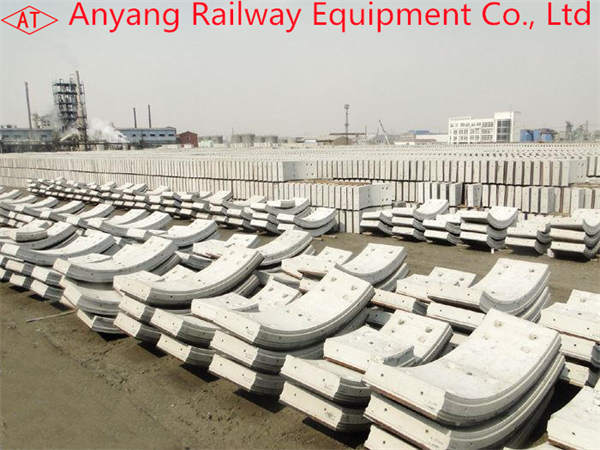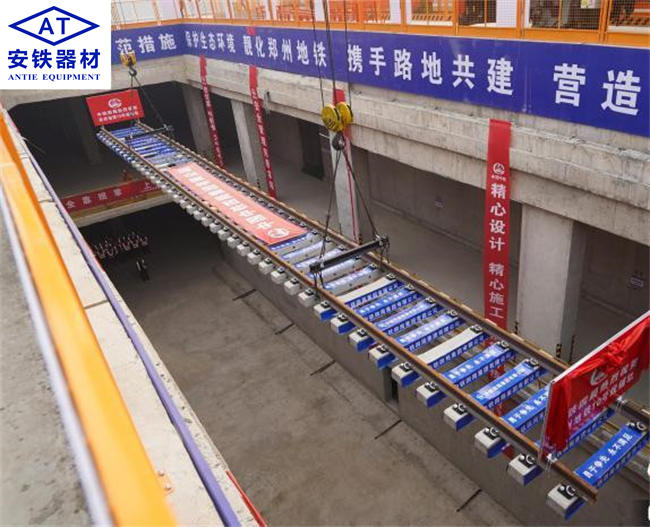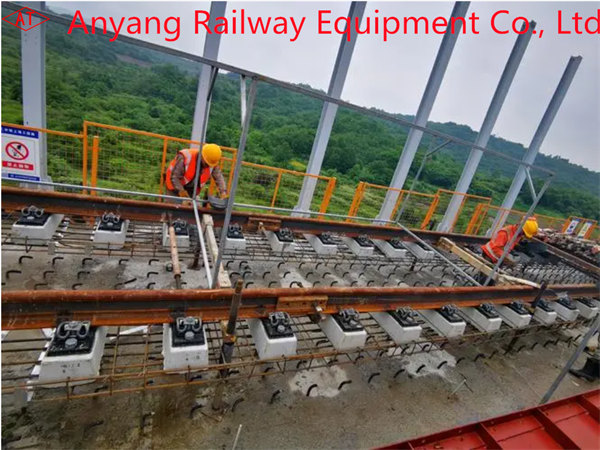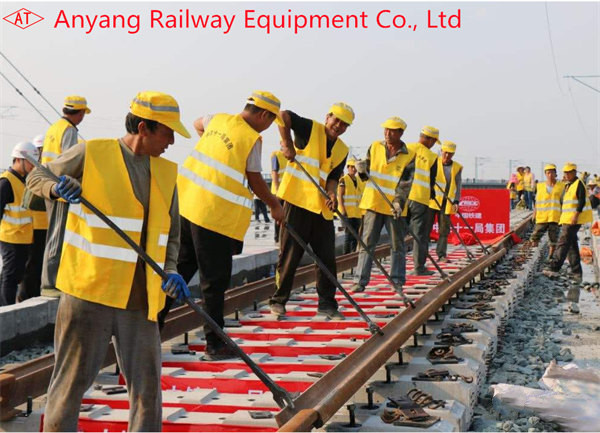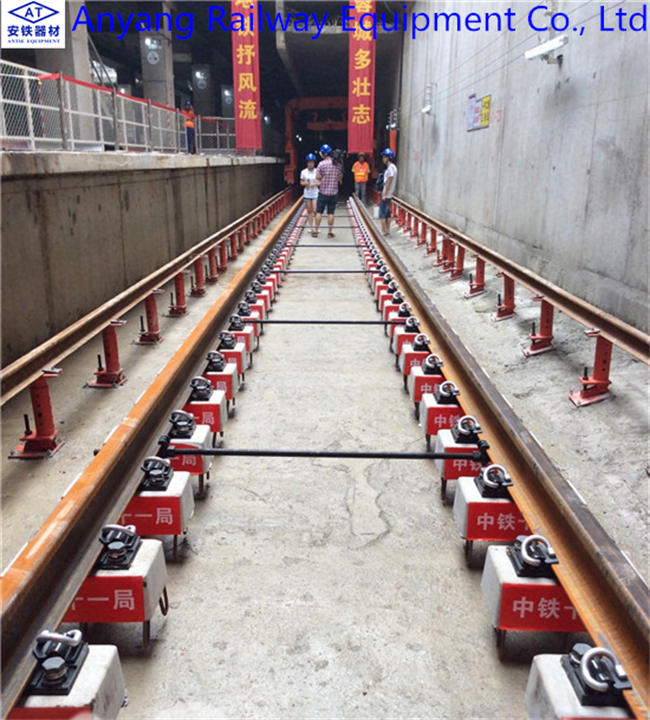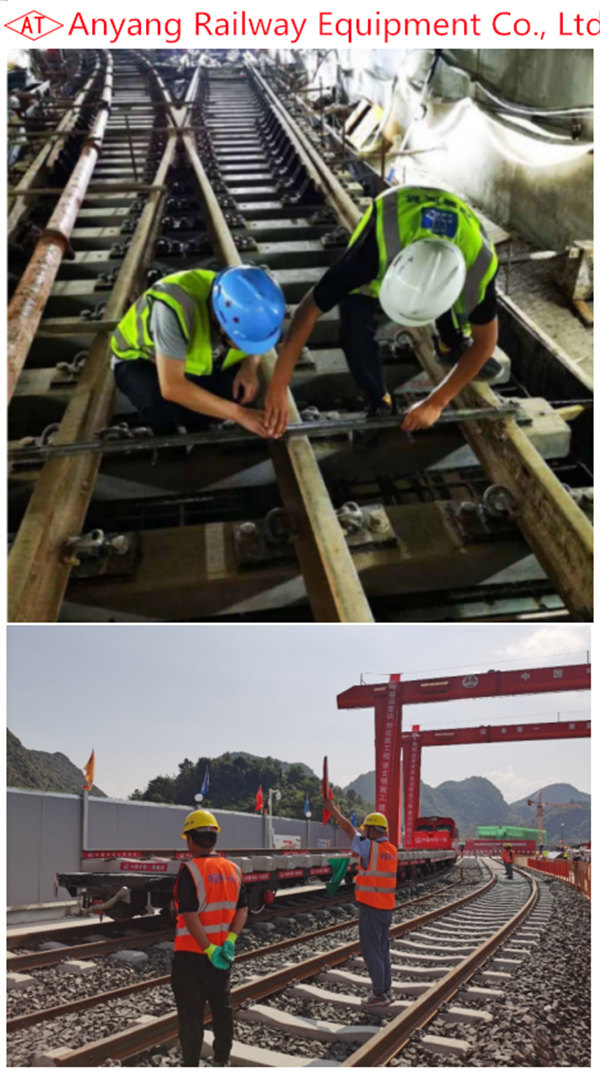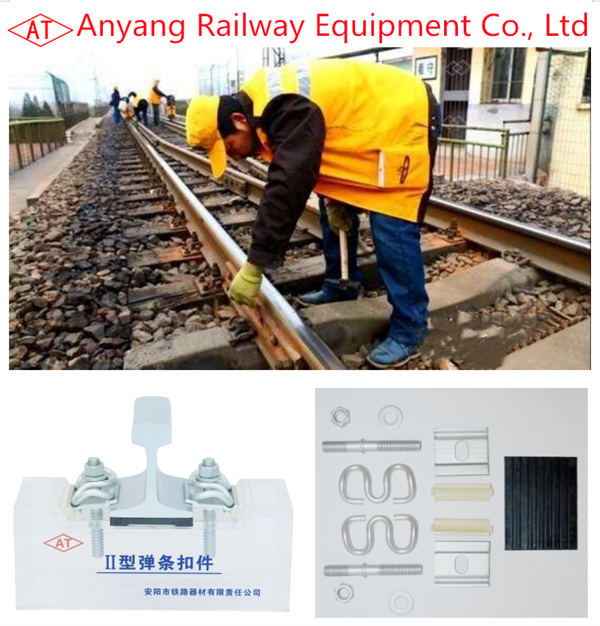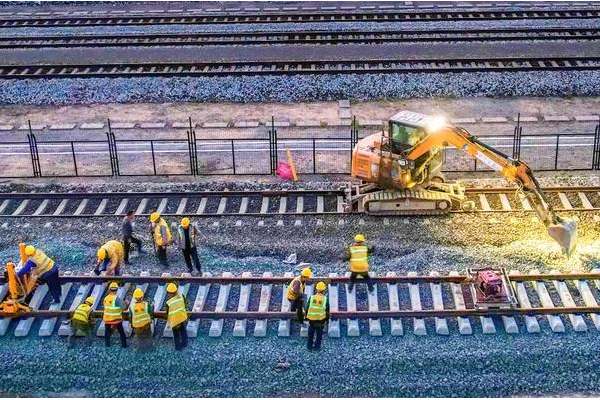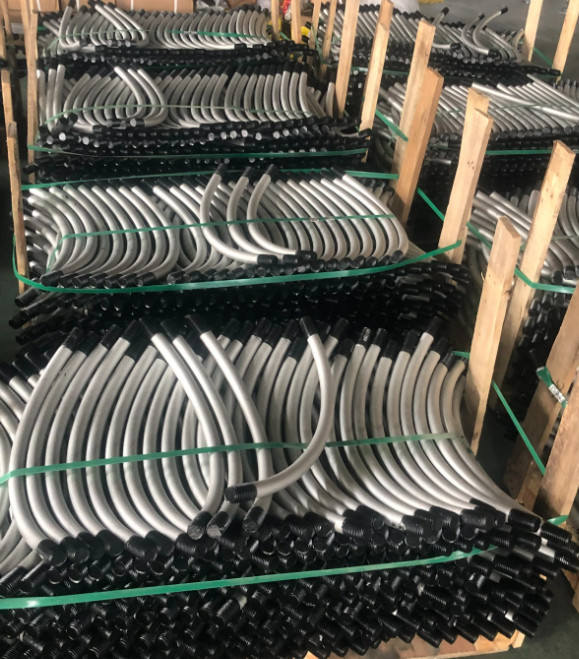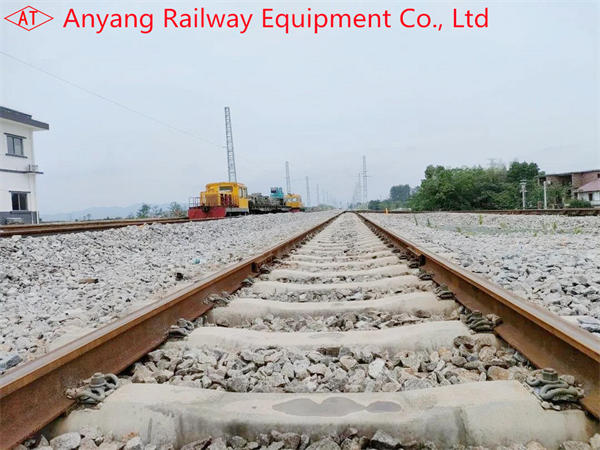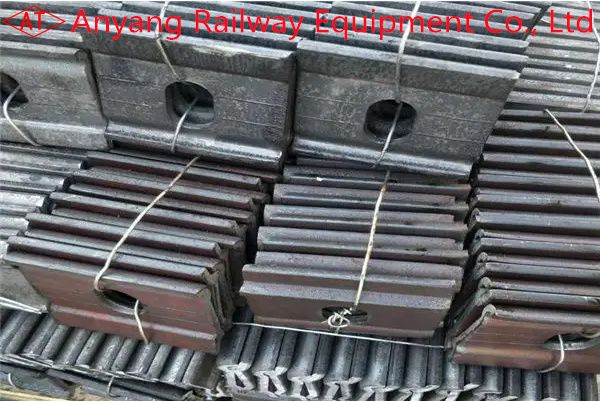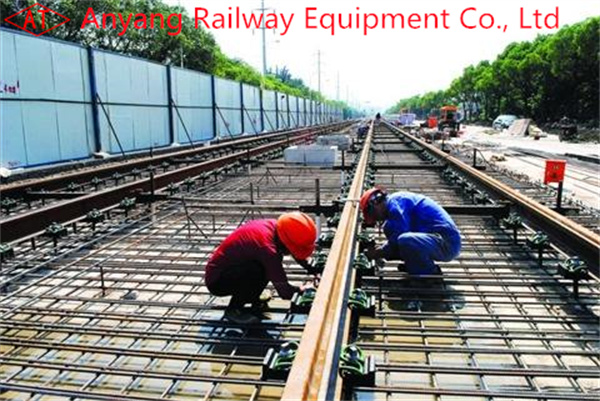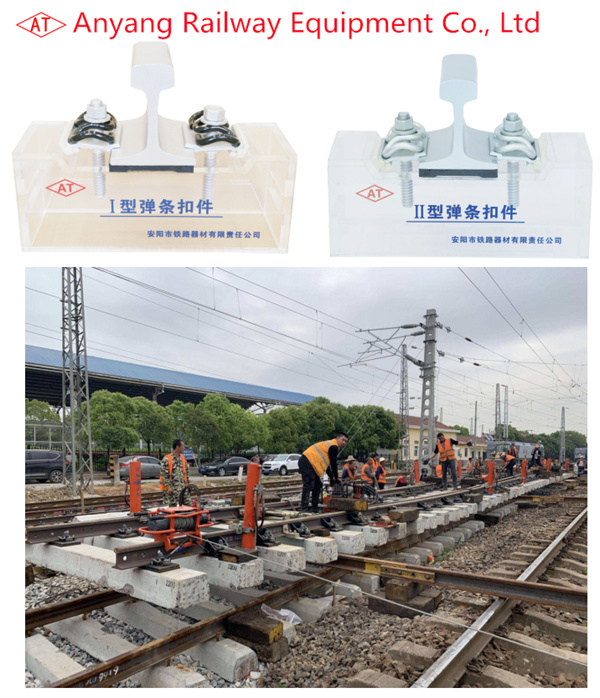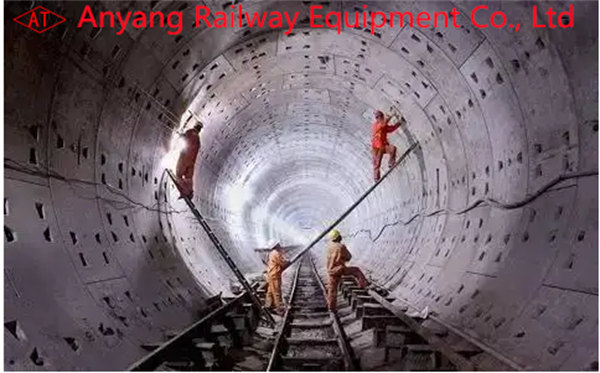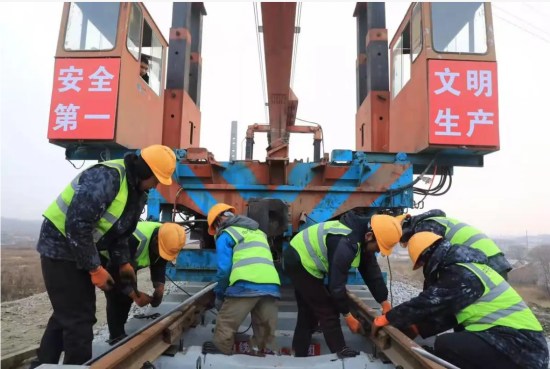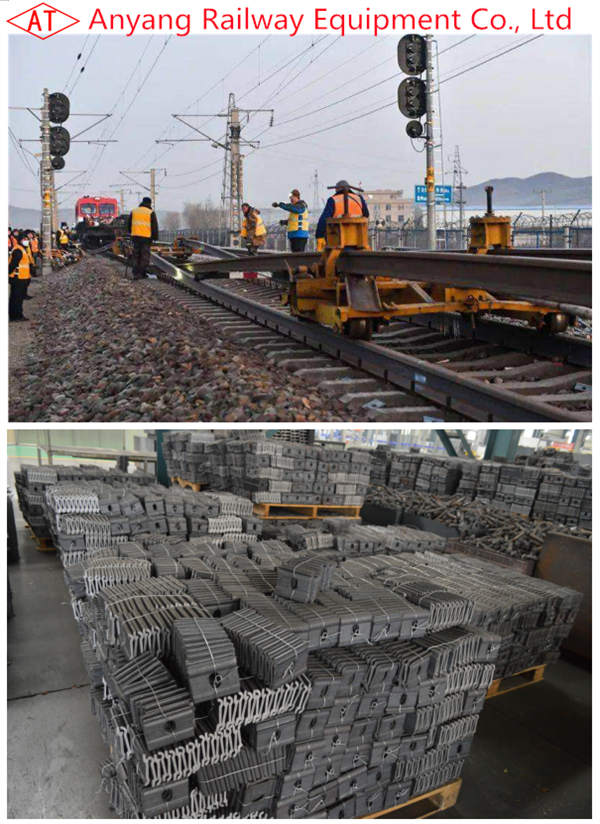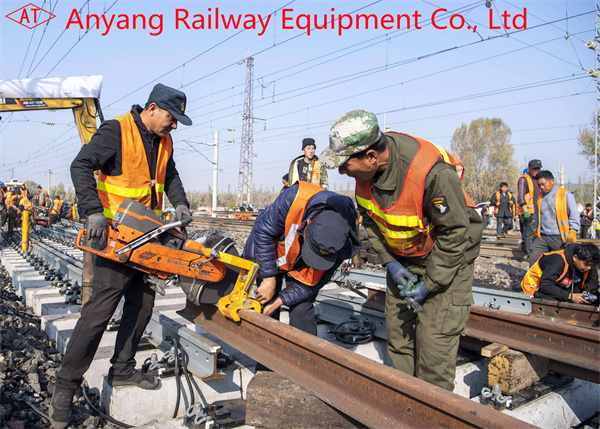Brake shoe refers to the brake pad that is pressed on the wheel tread to produce a braking effect when braking. The brake shoes used in wheels can be divided into cast iron brake shoes and synthetic brake shoes. The cast-iron brake shoe, can be divided into medium phosphorus cast-iron brake shoe and high phosphorus cast-iron brake shoe. In the synthetic brake shoe, according to the basic components, can be divided into synthetic resin brake shoe and asbestos rubber brake shoe; according to the height of friction coefficient, it can be divided into high friction coefficient synthetic brake shoe and low friction coefficient synthetic brake shoe (referred to as high friction synthetic brake shoe). brake shoes and low-wear synthetic brake shoes). Medium-phosphorus cast iron brake shoes, high-phosphorus cast iron brake shoes, and low-friction synthetic brake shoes become universal brake shoes and can be used interchangeably (the structure of the basic brake device cannot be changed)
- Cast iron brake shoe
Compared with the medium phosphorus cast-iron brake shoe, the high phosphorus cast-iron brake shoe mainly increases the phosphorus content. The phosphorus content of medium phosphorus cast-iron brake shoes is 0.7%-1.0%, and the phosphorus content of high phosphorus cast-iron brake shoes is more than 10%. The wear resistance of high phosphorus cast-iron brake shoes is about 1 time higher than that of medium phosphorus cast-iron brake shoes. Application practice shows that the service life of high-phosphorus brake shoes is about 2.5 times that of medium-phosphorus brake shoes. Another feature of high-phosphorus brake shoes is that there are fewer sparks during braking. The friction coefficient of cast iron brake shoes increases with the increase of phosphorus content, so the friction coefficient of high phosphorus brake shoes is greater than that of medium phosphorus brake shoes. However, if the phosphorus content is too high, the brittleness of the brake shoe will increase. When the phosphorus content exceeds 1.0%, the brake shoe may be cracked if no steel quilt is added. Therefore, the high phosphorus brake shoe needs to use steel backing. powerful.
- Cast iron material
Cast iron brake shoes have been used in railway vehicles for more than 100 years. The main advantages of cast iron brake materials are 1. The friction coefficient is less affected by the environment and is relatively stable, and has the characteristics of an “all-weather” operation; 2. Better thermal conductivity, less thermal damage to the wheel; Large adhesive force, reducing the mechanical abrasion of the wheel; 4 strong and durable, low price. However, the friction coefficient of ordinary gray cast iron (flaky graphite) brake shoes is small, and with the increase in friction speed, the friction coefficient decreases rapidly, especially when the train is running at high speed. Therefore, ordinary cast-iron brake shoes are generally used for low-speed passenger and freight operation trains. For high-speed train brake shoes, their performance can be improved by increasing the phosphorus content of cast iron and adding a small amount of alloying elements. In fact, a variety of cast iron brake shoes are currently used, that is, medium and high phosphorus cast iron, phosphorus-containing vermicular graphite iron, alloy cast iron, and other long-life special cast-iron brake shoes. The phosphorus content of cast iron increases and a large amount of phosphorus eutectic is precipitated in the structure, which increases the friction coefficient of the brake shoe, improves the wear resistance, and shortens the braking distance of the train. If the phosphorus content is increased from 0.5% to 3.0% (mass fraction), the friction coefficient of the brake shoe is increased by 20%, the wear resistance of the brake shoe is also increased proportionally, and the braking distance can be shortened by 30% to 45%. However, phosphorus increases the brittleness of the cast-iron brake shoe, and cracks are inevitably generated during use, so the back of the brake shoe needs to be used for reinforcement. Even so, the thermal cracking resistance of high-phosphorus cast iron brake shoes is still poor, and the shortcoming that the friction coefficient drops sharply with the increase of train running speed has not been improved.
The main form of failure of train brake shoes are worn and in severe cases, it will be abrasive wear and adhesive wear. When the braking temperature is high, the effect of oxidative wear cannot be ignored.
Anyang Railway Equipment Co., Ltd provides high-quality cast-iron brake shoes as per customers’ drawings.


